Three Things: Literature, nature and everything in between.

Succulents are all the rage these days and for a good reason. They are pretty much indestructible and produce myriad colors and attractive leaf forms and rosettes. Buying a few pots and arranging them neatly instantly adds character to a dull window sill or any other surface for that matter.
Surely, keeping your plants alive for a year or more is an achievement on its own. But what better way to hone your green thumb than propagate your own succulents? Follow these tips and have a full collection by the end of the year and a new skill to be proud of.
How Succulents Propagate

Succulents are extremely hardy plants. You can just leave them out in the sun (not too much, though), give them a good soaking a few times a week, and clean the pot of dried leaves. But it doesn’t end there. In a few months, that is if you didn’t neglect them completely, you’d notice little leaflets or offsets cropping up from the bottom of the plant.
If you leave these sprouts there, they’ll just disintegrate or grow out of the mother plant until they take root. Certain types of succulents, like the mother of thousands, produce baby plantlets on mature leaves, which grow roots before they even disintegrate. But you can also propagate a succulent either with a leaf or a cutting.
And that’s just basically how succulents reproduce.
What You’ll Need
- A seed tray or a wide and adequately deep container. Poke or drill holes into the bottom of the container and sanitize it.
- Spray bottle.
- Garden shears.
- Cactus mix (which you can buy online or at any garden center) or 100 percent coarse coco peat as propagating media.
- Lots of it.
When to Propagate
The Philippines receives plenty of sunlight year-round, which means you can propagate succulents anytime. The only thing you need to be sure of is that you’re replanting cuttings and leaves from a healthy plant for better chances of success. Though I’d suggest starting during the rainy season as plantlets can dry out under extreme heat.
Getting Started
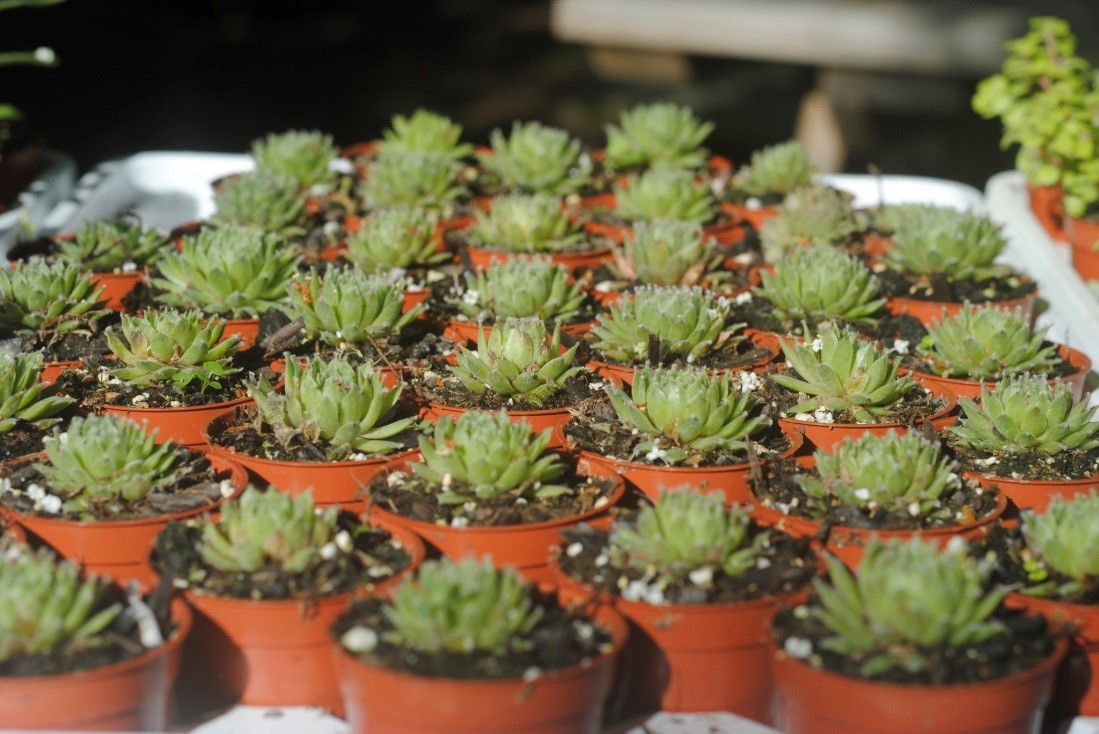
Step 1:
If you’re propagating tender Sedums or Echeverias, which have rosette-like foliage and forms, gently remove leaves or small offsets from the bottom of the plant using your fingers. Don’t pluck it out, twist the leaf until it disintegrates.
For Aeroniums, which are tree-like succulents, get your garden shears and cut off stems or branches shooting off of the mother plant. Make clean cuts at an angle using sharp pruners to reduce the chance of infection.
For Kalanchoes, simply remove the plantlets and or allow them to fall off their own and settle in the soil before replanting them to a separate pot.
Step 2:
Put the leaves, offsets, and cuttings in a shallow, dry container and allow the wound to heal for a couple of days.
Step 3:
Prepare your wide container and spread your cactus mix or coarse peat evenly. Spray the surface with water until adequately moist. Do not overwater. For the cuttings, pour your soil mix over a slightly deeper container and water adequately, so the cutting doesn’t topple over.
Step 4:
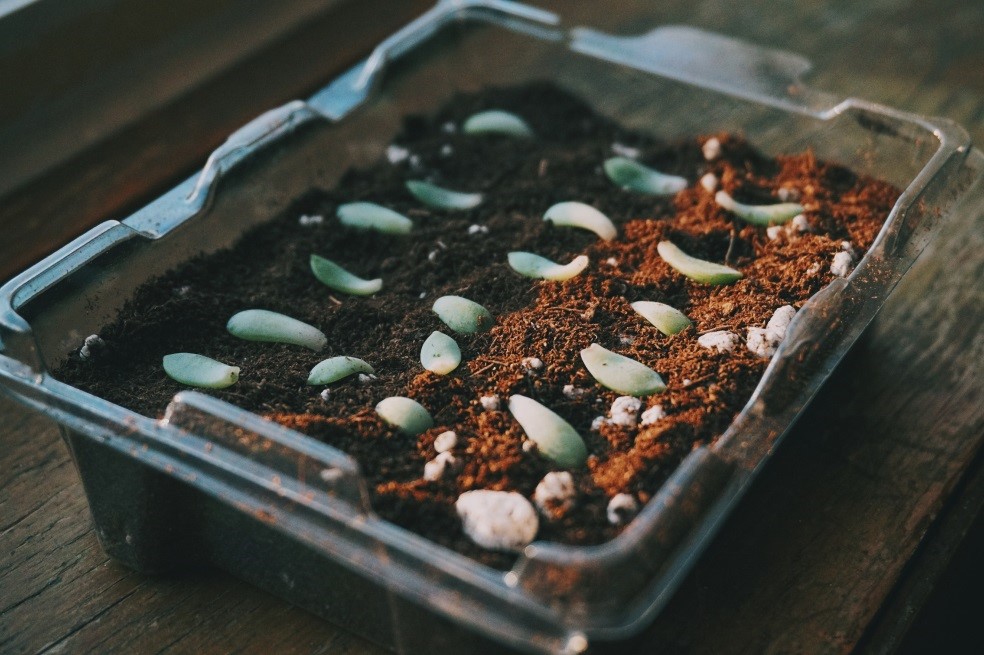
Arrange leaflets on the soil however you like. Stick the cuttings at least half an inch deep into the mix.
Step 5:
Put the containers in a dry and bright place under indirect sunlight.
Step 6:
Spray a generous amount of water on the soil three times a week. Don’t ever let the soil dry out completely.
Step 7:
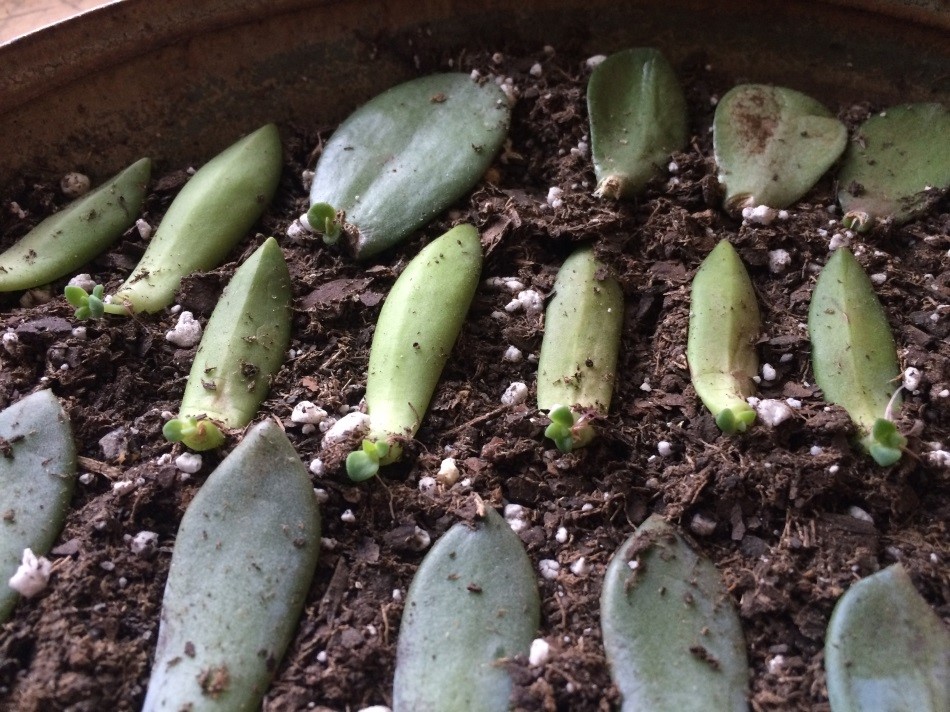
Repeat this process, and you’ll see succulent babies growing from the cutting or tip of the leaf.
Step 8:
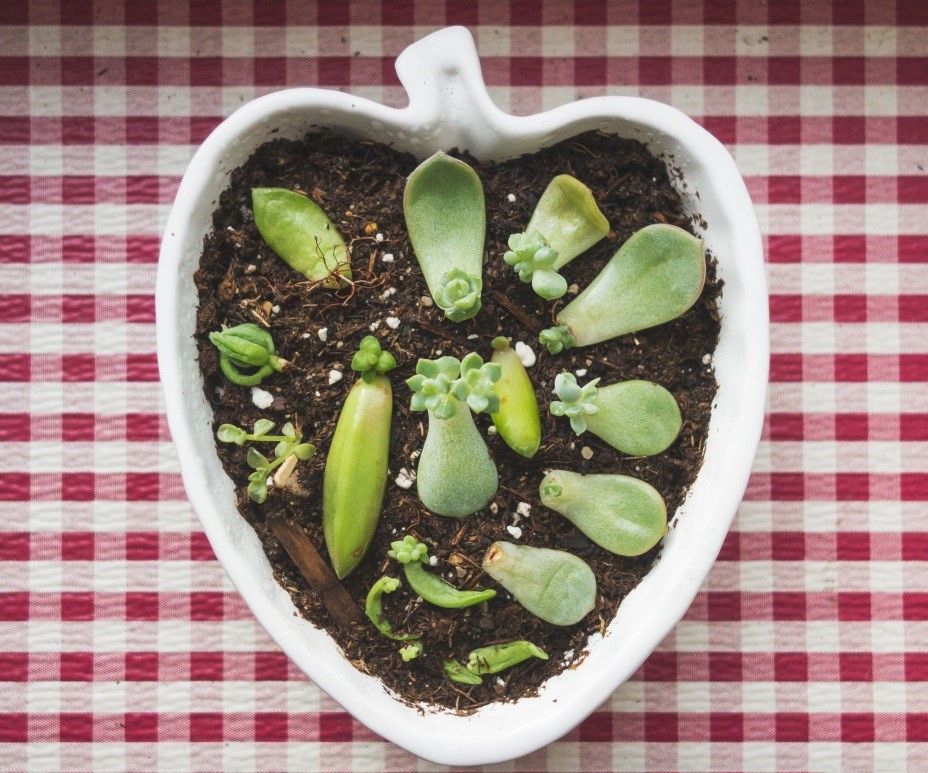
In 45 to 60 days, the plantlets will have taken root and grown big enough for replanting. Prepare your seed trays or pots and transfer the baby succulents to their new home. Place the pots by the window and keep away from rain or direct sunlight.
Step 9:
Wait.
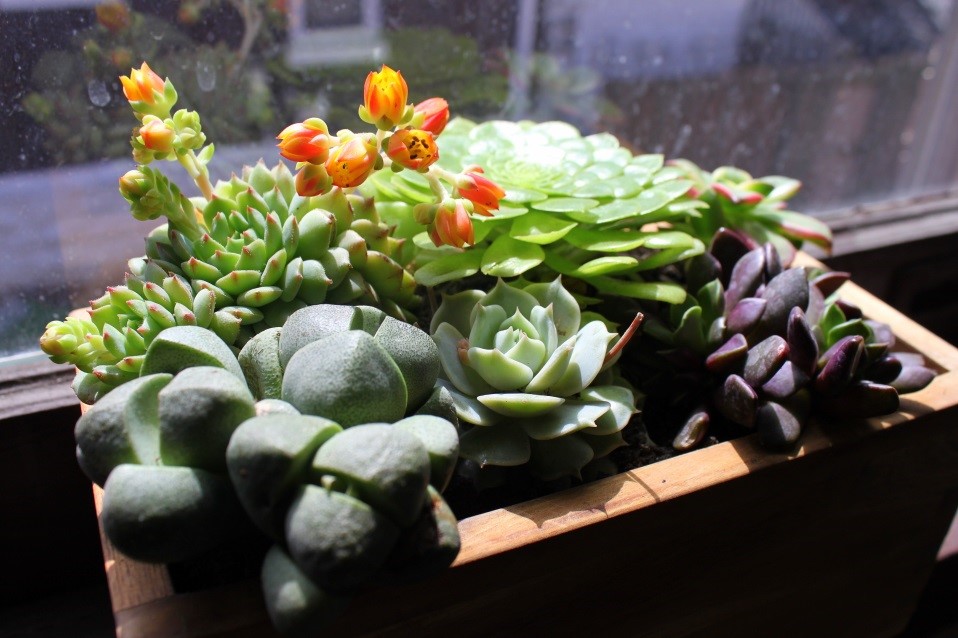
Succulents are a thing of beauty, but it takes time for them to grow into those beautiful rosettes we’ve all come to love. Give them a good soaking now and then, trim off dried leaves, and you’ll have a vibrant collection in the months or even years ahead.
What's Your Reaction?
Three Things: Literature, nature and everything in between.
